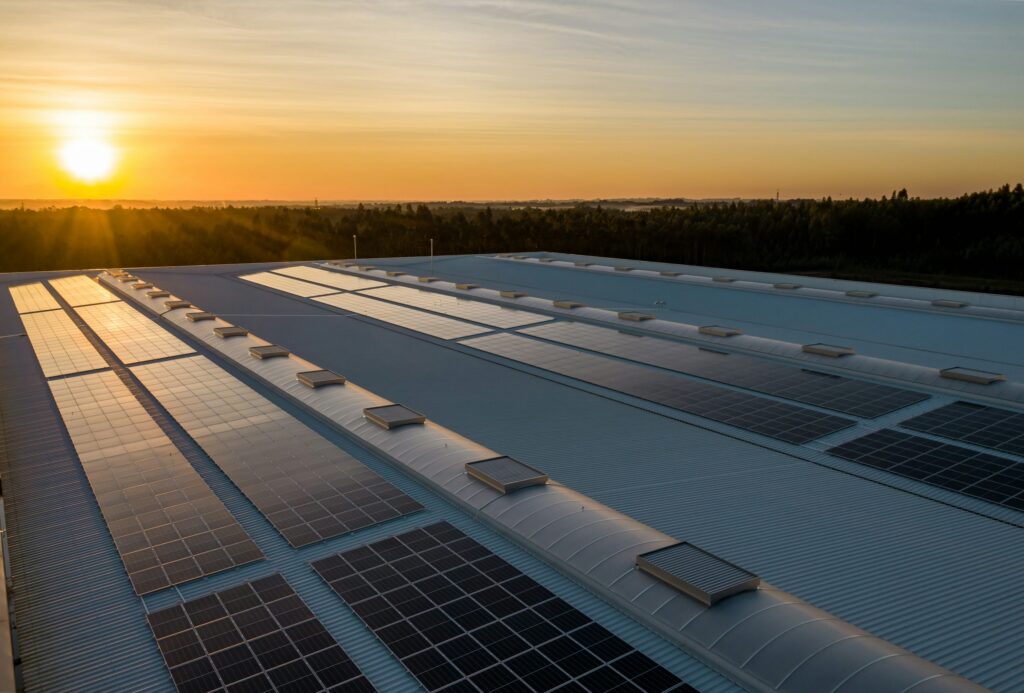One very awkward climate-related story to emerge recently is the extent to which solar panels are made with slave labour in China. Of course it could be argued that all labour in China is slave labour given their system in which everyone does what the Communist Party says or vanishes into the prison torture system or the Laogai, Chinese for “Gulag” though oddly much less well known. But we’re talking actual concentration camps here which is pretty brazen even by the standards of the Politburo. Including, as Eric Worrall notes, the Chinese response that their workers are so happy they have very low staff turnover among “graduates of Xinjiang’s barbed wire fence and guard tower protected vocational training centres”. Not to mention other protocols in place to discourage resignations including the 5.8 mm form QBZ-95.
This issue raises particular difficulties among those who have difficulty thinking and talking intelligently about climate, or anything else, because of an almost instinctive belief that all good things come bundled together and so do all bad things. Since the Guardian is often a haven for that sort of thinking, or imitation of same, we commend them for printing this story about oppressed Uyghurs in Xinjiang being forced, among other things, to produce the polysilicon used in many of the world’s solar panels including an estimated 40% in Britain.
The Guardian hates climate change, loves alternative energy, and hates oppression. And it admits there’s a problem. (Just as there seems to be with, for instance, rushing to build solar panels in deserts only to find that their fragile ecosystems don’t always react well to humans charging in and hurling stuff about.) The problem here being a very awkward tradeoff between affordability and, how shall we put it, labour standards.
Naturally the people buying the panels went bwa bwa bwa. Specifically, the UK Ministry of Defence. Yes, Defence. The once-mighty British military is greener than Greta Thunberg, pledging carbon-neutral jet fighters by 2040 and building a vast solar farm in east Yorkshire, about whose slave-labor panels it burbled in typical bureaucratese “We have robust procedures in place that allow us to vet and routinely monitor all aspects of our supply chain, which is kept under constant review.” And you can take that to the bank… the fog bank. But it’s not just the MD; private firms too, if private is the right term for businesses that can only survive on state subsidies.
Speaking of which, from the “I do not think it means what you think it means” department, the New York Times’ “Climate Fwd.” announces “A breakthrough for U.S. wind power”. Wow. Cool. Some new invention. Vastly increased efficiency. A bat filter. Tell us. Tell us. We’re so excited.
Oh. Turns out this breakthrough is a permit that sends a signal. “The Biden administration has promised to build up the offshore wind industry, and this week it began to make good on that pledge by granting final approval to the nation’s first large-scale offshore wind farm, about 15 miles off the coast of Martha’s Vineyard, Mass. The project is significant not only for the amount of energy it’s expected to generate — 800 megawatts, or enough to power about 400,000 homes — but for the signal it sends about roughly a dozen other offshore wind projects along the Atlantic Coast.” Namely that the gold rush is on.
There’s money to be made in renewables. You just need to shove aside petty concerns about efficiency, environmental impact and that slave labour thing.



Is a wind farm in a hurricane zone a good idea? Would that not be like building in a flood plain or on the slopes of a non-extinct volcano?
So, does the slave labour component of solar panel assembly downgrade the "S" sufficiently to offset the (mythically) perceived "E" in ESG investing criteria pushed by such famed electrical engineers as Mark Carney or Al Gore, or does ESG simply remain epistemological mush?